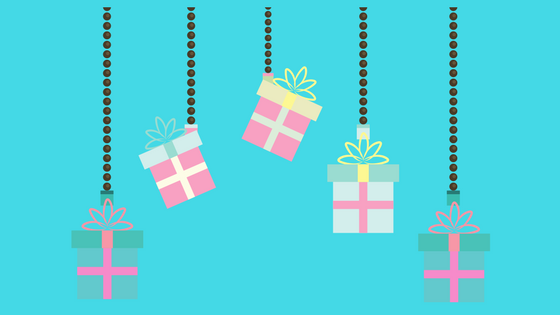Gift ideas from specialists at the Children’s

Specialists from the Trauma, Occupational Therapy and the Speech-Language Pathology departments at the Children’s have valuable tips on how to keep children safe around toys and what type of gifts help promote motor and language skill development. Here’s what they have to say.
Safety
Pretty much everyone knows that toys with small parts should not be given to small children. Liane Fransblow, who does community outreach on the Montreal Children’s Hospital (MCH) Trauma team, says we should be particularly careful not to give these toys to children under the age of three because they are more likely to put things in their mouth and can choke on small parts. “Make sure small parts are properly secured to the toy and, as a basic guideline, if the toy fits through a toilet paper role, it is too small for a child under the age of three,” says Liane.
An unsuspecting hazard in toys are button batteries -- these are the round, dime-sized batteries that can be found in things like calculators, books that make sounds, jewelry that lights up and pens with flashlights. Liane warns of the dangers: “If swallowed, the battery could erode in the body and cause internal burns to the esophagus and other parts of the digestive track.” To avoid this, Liane recommends making sure the batteries are not easily accessible and that they are tightly screwed in.
And finally, once all those wonderful gifts are unwrapped, make sure to clean up! “Put all wrapping and packaging directly in the recycling or garbage bin since it often also contains small parts and pieces,” says Liane.
Motor development
Sophie Laniel, an occupational therapist at the MCH, says that more often than not, the simplest toys are the best for children. “A floor mat with different textures and colours is great for children under one year of age. The mat will stimulate their senses, and putting them on the mat on their tummy develops strength in their back and neck which is necessary for babies to hit important milestones, like rolling over.”
For children who are a little older, Sophie says playing ‘dress up’ is a great way for children to learn important skills. “Playing dress up helps a child develop fine motor skills, such as doing up a button or a zipper,” she says. “And by dressing themselves up, they can develop space perspective by doing things like putting their arm through a sleeve.”
The MCH Occupational Therapy team all agree that toys and games with few instructions are the best choice because they allow children to use their imagination. “When there are too many instructions, the child’s imagination is restricted, and sometimes, the simplest toys, like wooden blocks with few or no instructions really require a child to use their imagination in order to play,” says Sophie.
Speech development
For children who don’t speak much or speak at all, action-reaction toys that make gentle sounds are a great way to develop speech. “These toys help with language development because the child reacts to the sound and adults can label the sound with a word to explain it,” says Caroline Erdos, speech-language pathologist at the MCH.
Memory games can also be beneficial: they can help develop a child’s vocabulary and other skills as well. “Children can learn about taking and waiting their turns, as well as concepts of ‘same’ and ‘different’,” explains Caroline.
And last but not least, don’t forget about books! According to Caroline, “Books help with the child’s speaking and listening skills especially when the adult involves the child in reading the book”. The adult can ask questions like “What happened there?”, name items in the story to develop vocabulary, and make links to the child’s life experiences in order to help the child make associations and also learn to tell stories themselves. “There is no end to the amazing things that books can do to help language skills!” adds Caroline.


